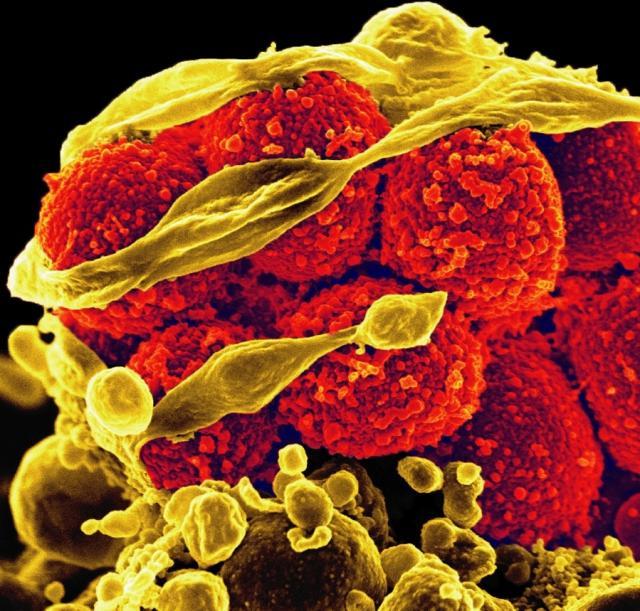Data from more than 14,000 acute-care hospitals show that the nation has made progress in reducing several types of healthcare-associated infections (HAIs), but not all, the Centers for Disease Control and Prevention (CDC) reported today.
The biggest improvement was a 46% drop in central line–associated bloodstream infections (CLABSIs) from 2008 to 2013, the CDC said in its annual report on HAIs. Smaller decreases were reported for several other types of infections, but catheter-associated urinary tract infections (CAUTIs) increased.
"Hospitals have made real progress to reduce some types of healthcare-associated infections—it can be done," CDC Director Tom Frieden, MD, MPH, said in a press release.
The report is based on 2013 data submitted to the CDC's National Healthcare Safety Network by hospitals in all 50 states, the nation's capital, and Puerto Rico. In addition to the 46% decline in CLABSIs, the CDC reported:
- A 19% decrease in surgical site infections (SSIs) related to 10 types of surgery from 2008 to 2013
- A 6% increase in CAUTIs since 2009—but the agency said early data from 2014 suggest that these infections have since begun to decline
- An 8% decrease in methicillin-resistant Staphylococcus aureus (MRSA) bloodstream infections from 2011 to 2013
- A 10% decrease in Clostridium difficle infections from 2011 to 2013
The CDC said this year's report is the first to include MRSA and C difficile infections identified in hospitals labs. It noted that most MRSA and C difficile infections arise outside hospitals, either in the community or in other kinds of healthcare facilities.
Despite progress in reducing most types of infections, the document says, "the nation did not reach the 2013 goals established by the HAI Action Plan in 2009. More action is needed at every level of public health and health care to improve patient safety and eliminate infections that commonly threaten hospital patients."
The reductions in CLABSIs and SSIs came close to achieving the national goals for those types, the report says. The increase in CAUTIs was similar to that seen in last year's report and signals a strong need for additional prevention efforts, it adds.
The document says that on any given day, about 1 in 25 US hospital patients has at least one infection contracted in the hospital, pointing up the need for improved infection control.
The findings were welcomed by the Society for Healthcare Epidemiology of America (SHEA).In an e-mailed statement, the group said the progress reflects the work of healthcare teams that implement targeted infection prevention methods and systems in place.
"This effort not only improves patient outcomes, but also benefits the greater issue of antibiotic resistance by avoiding the infections and therefore associated antibiotic prescribing," SHEA said. By rendering antibiotic treatment unnecessary, patients are spared unnecessary antibiotic side-effects such as C difficile infections, the statement added.
See also:
HAI report landing page
Report executive summary
Jan 14 CDC press release
Normal 0 false false false EN-US X-NONE X-NONE /* Style Definitions */ table.MsoNormalTable {mso-style-name:"Table Normal"; mso-tstyle-rowband-size:0; mso-tstyle-colband-size:0; mso-style-noshow:yes; mso-style-priority:99; mso-style-parent:""; mso-padding-alt:0in 5.4pt 0in 5.4pt; mso-para-margin:0in; mso-para-margin-bottom:.0001pt; mso-pagination:widow-orphan; font-size:11.0pt; font-family:"Calibri","sans-serif"; mso-ascii-font-family:Calibri; mso-ascii-theme-font:minor-latin; mso-hansi-font-family:Calibri; mso-hansi-theme-font:minor-latin;}























